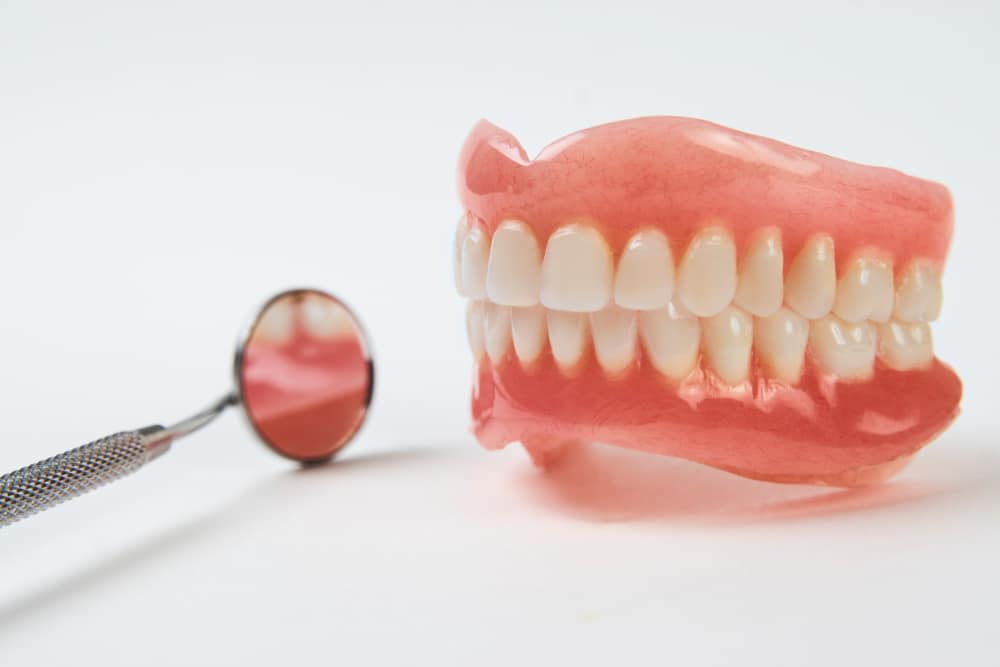As we navigate through 2024, the landscape of dentistry is witnessing a significant transformation, driven by rapid advancements in technology. These innovations are reshaping the way dental professionals practice, offering enhanced patient experiences and setting new standards in dental care.
The Rise of Digital Dentistry
Digital dentistry, an umbrella term for a variety of technologies, is revolutionizing traditional dental practices.
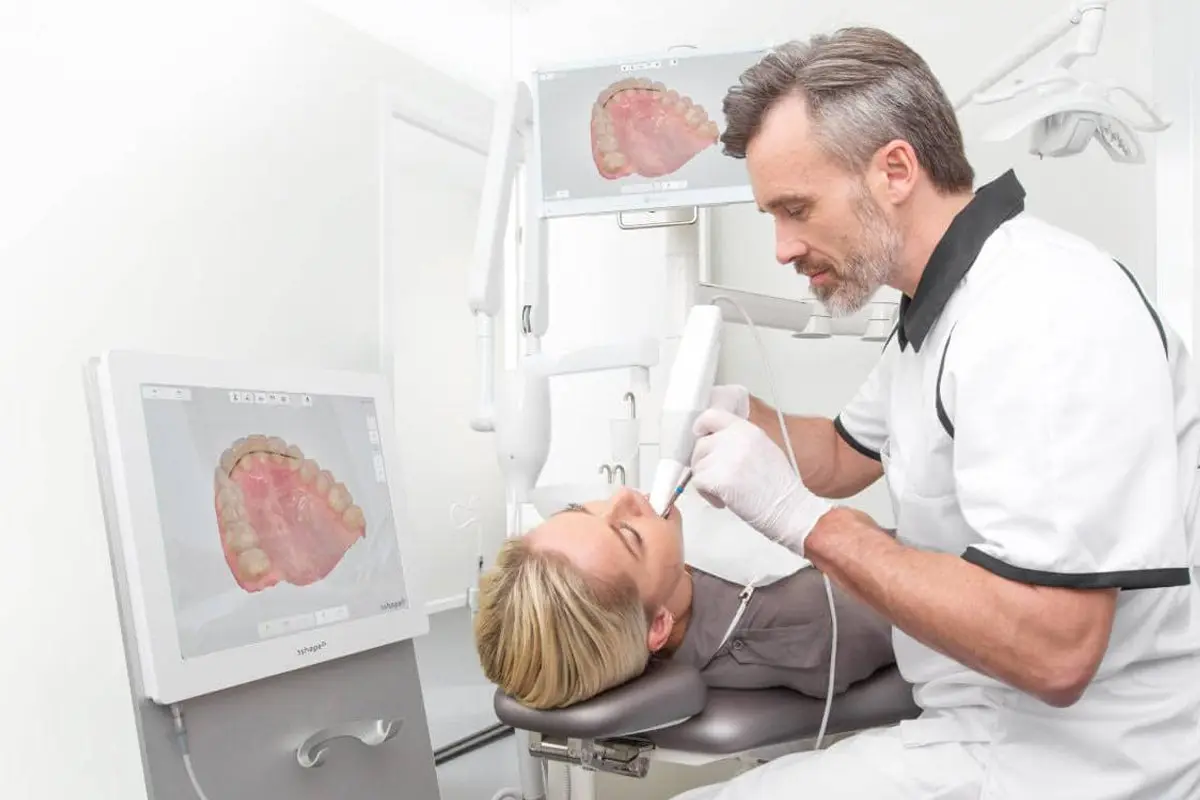
Digital Impressions and 3D Printing
Key among these is the use of digital impressions, a cutting-edge technique replacing the need for conventional molds. By employing digital scanners, dentists can now create precise digital models of a patient’s mouth. This innovation not only enhances patient comfort but also improves the accuracy of dental appliances like crowns, bridges, and aligners.
3D printing technology in dentistry marks another leap forward. From producing custom dental implants and dentures to crafting orthodontic devices, 3D printing offers unprecedented customization and speed. The ability to design and fabricate these items in-house significantly reduces patient wait times and opens up new possibilities in personalized dental care.
AI and Machine Learning: Pioneering Dental Diagnostics
Artificial Intelligence (AI) and machine learning are emerging as game-changers in dental diagnostics.
Predictive Analytics and Proactive Dental Care
These technologies enable the analysis of dental records and imaging with a precision that surpasses human capability. By predicting dental issues before they escalate, AI fosters a proactive approach to dental care, potentially revolutionizing patient outcomes.
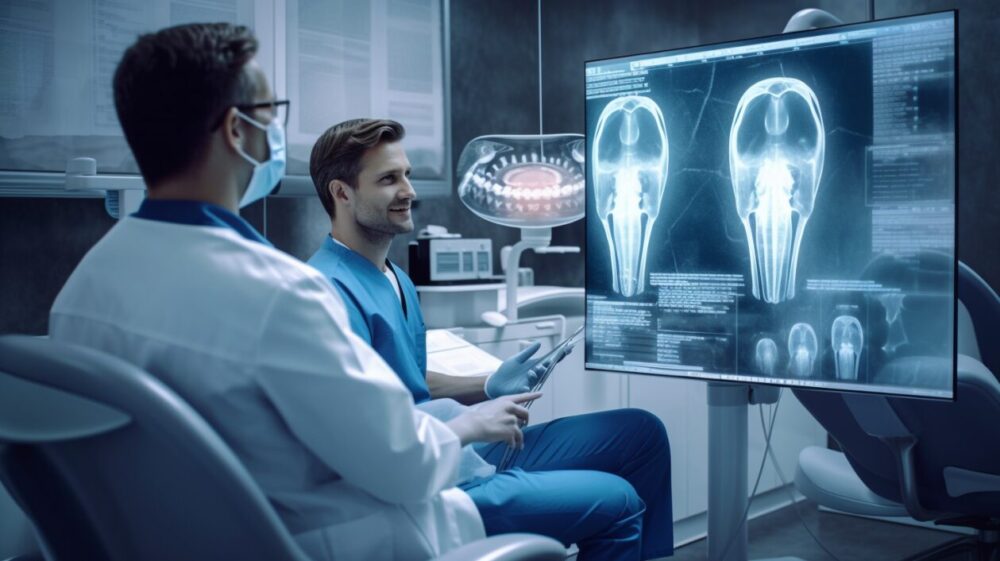
Tele-dentistry: Expanding Access to Dental Care
Tele-dentistry has emerged as a critical tool, especially in the context of the recent global health challenges.
Virtual Consultations and Accessibility
It facilitates virtual consultations and follow-ups, making dental care more accessible. This technology is particularly vital for individuals in remote locations or with mobility challenges, democratizing access to dental health services.
Improving Patient Experience and Operational Efficiency
The integration of technology in dental practices extends beyond advanced treatments. It plays a crucial role in enhancing the overall patient experience and streamlining operational aspects of dental care. Incorporating social media marketing into their digital strategy, dental practices can leverage platforms like Facebook and Instagram to connect with patients and build trust, as highlighted by HIP Creative, a company specializing in dental social media marketing tips.
Innovative software solutions are revolutionizing appointment scheduling, record management, and billing processes, making dental visits more convenient and efficient for both patients and staff. These technological advancements not only optimize practice management but also allow dental professionals to focus more on direct patient care, ensuring a higher standard of service.
For those seeking top-notch dentistry in North Carolina, Charles Ashley Mann & Associates stands as a prime example of a practice embracing these advancements. By prioritizing both patient experience and operational efficiency, they offer an environment where state-of-the-art technology meets compassionate care, making them an ideal choice for anyone looking for exceptional dental services in the region.
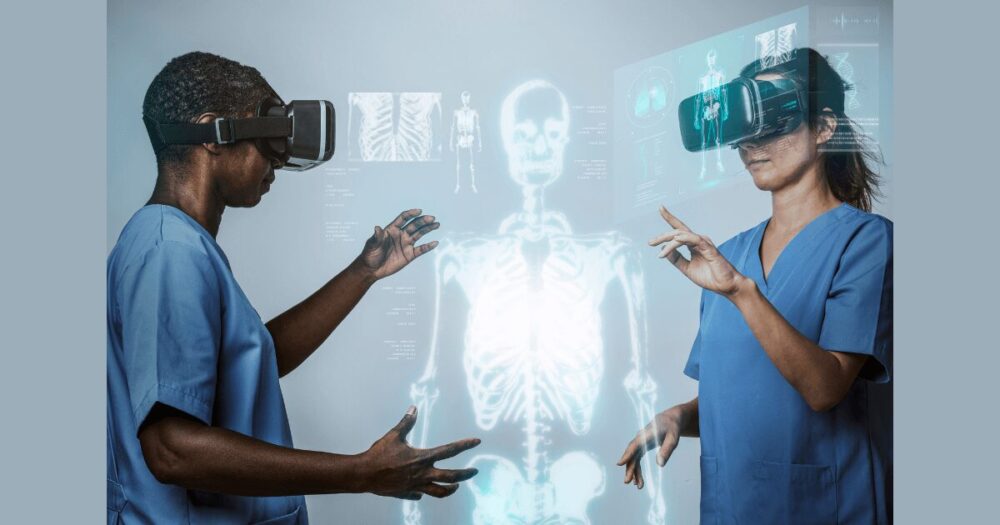
Streamlining Dental Practice Operations
It encompasses enhancing patient experiences and streamlining practice operations. Modern dental software systems are revolutionizing appointment scheduling, patient record management, and billing. The utilization of augmented reality (AR) for patient education exemplifies the innovative ways technology is being used to demystify treatment plans and engage patients in their care journey.
Looking Ahead: The Future of Dental Technology
As we continue to explore the impact of technology in dentistry, it’s clear that these advancements are setting a new paradigm in dental care.
Navigating Challenges in Technological Integration
While the benefits of technological advancements in dentistry are numerous, integrating these innovations into daily practice presents its own set of challenges.

Training and Adaptation
One of the primary hurdles is the need for extensive training and adaptation. Dental professionals must not only learn to operate new technologies but also integrate them seamlessly into existing workflows. This transition requires time and investment, and there is often a learning curve involved in mastering these new tools.
Balancing Cost and Benefit
Another challenge is the cost associated with acquiring and maintaining cutting-edge dental technology. While these investments can lead to long-term savings and increased efficiency, the initial expense can be significant, especially for smaller practices. Balancing the cost against the potential benefits is a crucial consideration for many dental professionals.
Ethical Considerations and Patient Data Security
In an age where technology is closely intertwined with data collection and analysis, ethical considerations and patient data security become paramount.
Ensuring Privacy and Security
As dental practices collect and store more patient data digitally, they must ensure the highest standards of privacy and security. This includes protecting against data breaches and unauthorized access, which requires robust cybersecurity measures.
Navigating Ethical Boundaries
With the rise of AI and machine learning, dentists must also navigate the ethical boundaries of using predictive analytics in patient care. While these tools can provide valuable insights, they should not replace the professional judgment and personalized care that are hallmarks of good dental practice.

The Future of Dentistry: A Technology-Driven Landscape
Looking ahead, the future of dentistry is undoubtedly tied to the continued evolution of technology.
Emerging Technologies and Innovations
Emerging technologies, such as augmented reality (AR) for surgical guidance and virtual reality (VR) for patient education, are already on the horizon. These innovations promise to further enhance the precision of dental procedures and improve patient understanding of their treatments.
Embracing a Patient-Centric Approach
The ultimate goal of these technological advancements is to foster a more patient-centric approach to dental care. By leveraging technology, dentists can offer personalized treatments, reduce patient discomfort, and improve the overall experience of dental visits.
Preparing for a Digital Future in Dentistry
As we embrace the digital revolution in dentistry, it is essential for dental professionals to stay informed about the latest developments and be prepared to adapt to these changes.
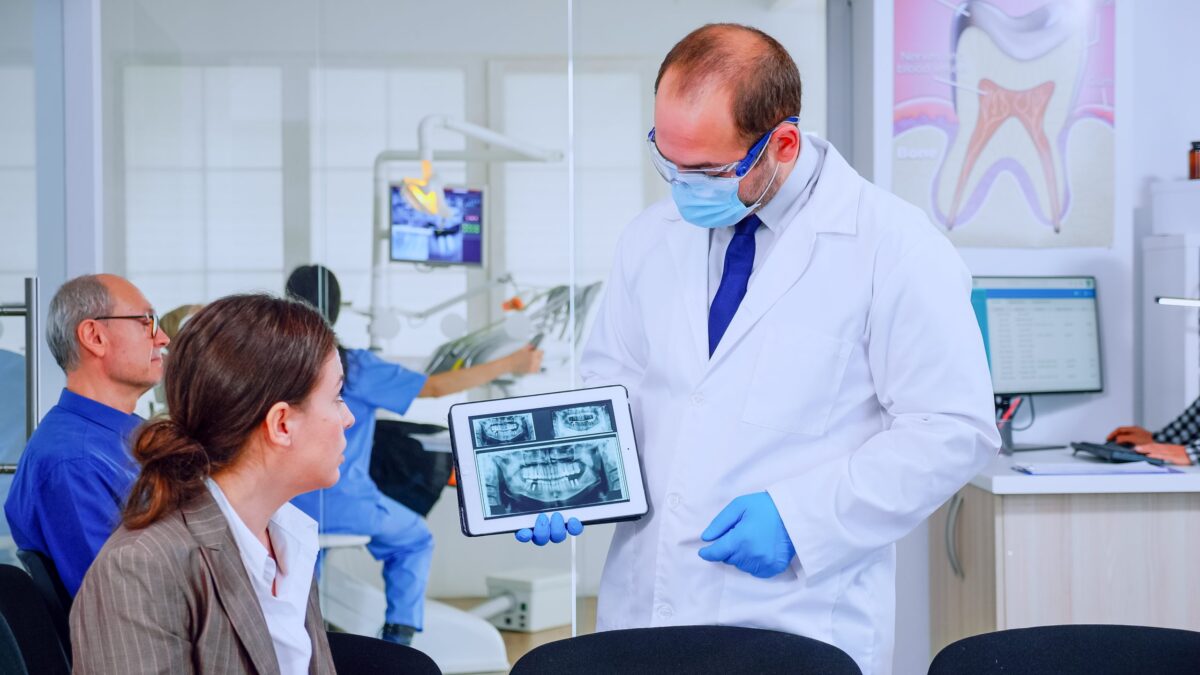
Continuous Learning and Professional Development
This means investing in continuous learning and professional development, staying ahead of technological trends, and understanding how these changes can benefit their practice and patients.
Building a Foundation for Tomorrow’s Dentistry
By building a strong foundation in digital dentistry today, dental professionals can ensure they are well-equipped to provide the best possible care in a rapidly evolving technological landscape.
Concluding Insights: Embracing a New Era in Dentistry
As we conclude our exploration of the digital revolution in dentistry, several critical insights emerge that will shape the future of dental care.
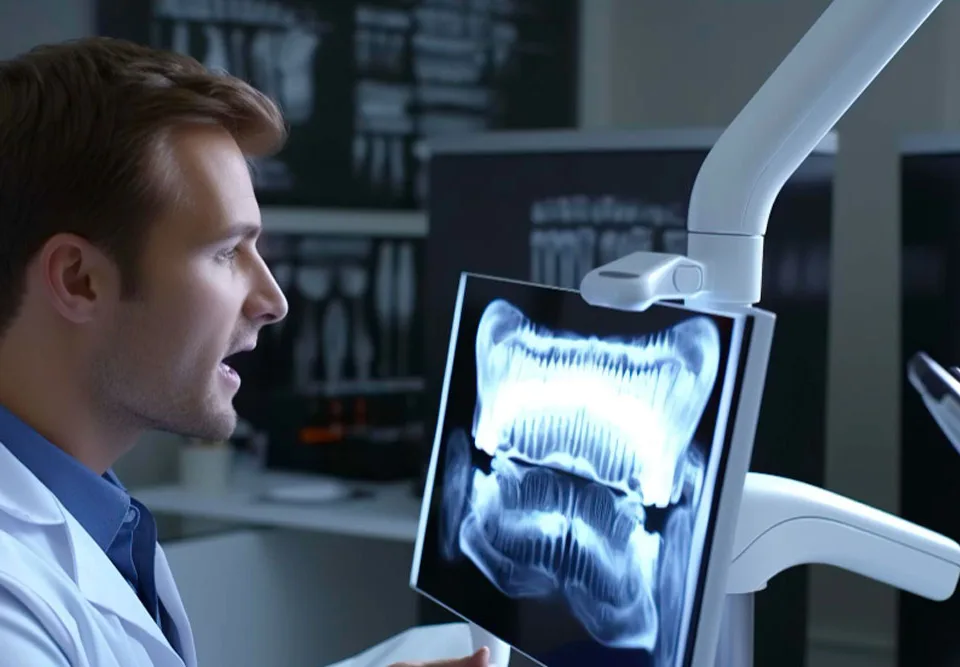
Transformative Technologies Redefining Dental Care
The advent of digital impressions, 3D printing, AI, and tele-dentistry represents a transformative shift. These technologies are not just enhancing treatment accuracy and patient comfort, but are also making dental care more accessible and personalized.
Addressing Challenges for a Seamless Transition
Adopting these technologies comes with its own set of challenges, including the need for training, investment costs, and data security concerns. Successfully navigating these challenges is key to fully leveraging the potential of these innovations.
Ethical Practices and Data Security as Cornerstones
With the increased reliance on digital tools, maintaining robust ethical standards and ensuring patient data security are paramount. These aspects are crucial in sustaining patient trust and upholding the integrity of the dental profession.
Fostering Continuous Learning and Future Readiness
The dental industry must embrace continuous learning and adaptability to remain at the forefront of these technological changes. Staying informed and flexible is essential for dental professionals to provide state-of-the-art care.
Centering on Patient-Centric Care
Ultimately, the goal of integrating these technologies is to elevate the standard of patient care. By utilizing these advancements, dental professionals can offer more tailored, effective, and less invasive treatments, enhancing the overall patient experience.

Preparing for a Tech-Forward Dental Future
As we step further into this new era of dentistry, it is crucial for dental professionals to prepare for a future where technology plays a central role. Embracing these changes today will ensure that dental practices are ready to meet the evolving needs and expectations of their patients.

